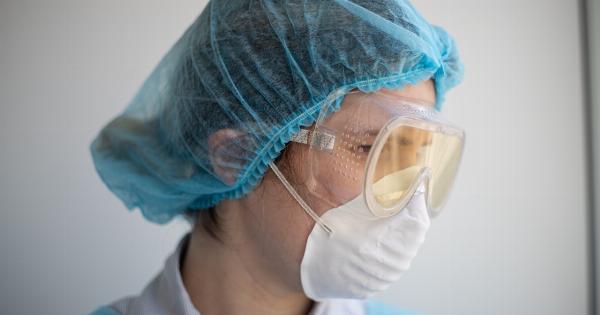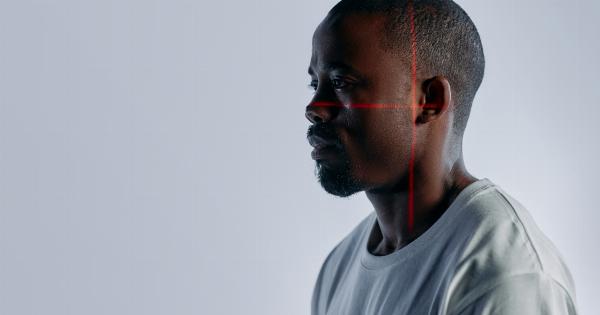Injuries to bones or bone-related diseases, such as osteoporosis, can cause weakness and limited mobility, which can negatively affect one’s quality of life. Prompt and effective treatment, therefore, is crucial for recovery.
Fortunately, advancements in medical technology have provided us new ways to address these concerns, one of which is the 3D gypsum casting technology that has proven to accelerate bone restoration while providing individualized patient solutions.
What is 3D Gypsum Casting Technology?
3D gypsum casting technology involves using a specialized printer that creates 3D models of different bone fractures and injuries. These models can be used to make casts that will properly fit the patient and promote speedy healing.
Gypsum is a natural material that is ideal for creating casts as it is durable, lightweight, and cost-effective. The plaster cast can also be dyed or left as it is, depending on the patient’s preference.
The Benefits of 3D Gypsum Casting Technology
3D gypsum casting technology has several advantages over traditional methods of treating bone injuries. Here are some of them:.
Individualized Treatment
One of the significant benefits of using the 3D gypsum casting technology is its ability to provide personalized treatment solutions tailored to the patient.
The 3D-printed casts can be made to fit the patient’s unique bone structure, providing a more comfortable fit and better promoting healing. In contrast, traditional casts are often made using a standard mold that may not fit the patient’s body, resulting in discomfort and even complications.
Accuracy and Precision
The 3D-printed models of the injured bone provide accurate measurements and dimensions, allowing physicians to create casts that fit perfectly. This accuracy and precision can help minimize the risk of complications or prolonged recovery times.
Additionally, since the cast fits the patient better, there is also less risk of skin irritation or pressure points.
Improved Hygiene
Traditional casts can be uncomfortable for the patient and can be challenging to maintain good hygiene. Sweat and moisture can become trapped in the cast, leading to unpleasant odors and bacterial infections.
3D gypsum casts, on the other hand, have an open design that allows better airflow and breathability. As a result, patients can maintain better hygiene and comfort throughout the healing process.
Accelerated Healing
Studies have shown that 3D gypsum casting technology can significantly reduce recovery times.
Because the cast is designed to fit the patient’s unique bone structure accurately, there is less likelihood of complications that may slow down the healing process. Additionally, the open design of the cast allows more circulation to the injury site, which may speed up the healing process.
Conclusion
The use of 3D gypsum casting technology is a promising development in the medical field that can significantly improve patients’ bone restoration experience.
The technology offers individualized treatment, greater accuracy and precision, improved hygiene, and accelerated healing. While traditional casting methods still have their place, 3D gypsum casting technology provides a more comfortable, effective, and safer alternative.































